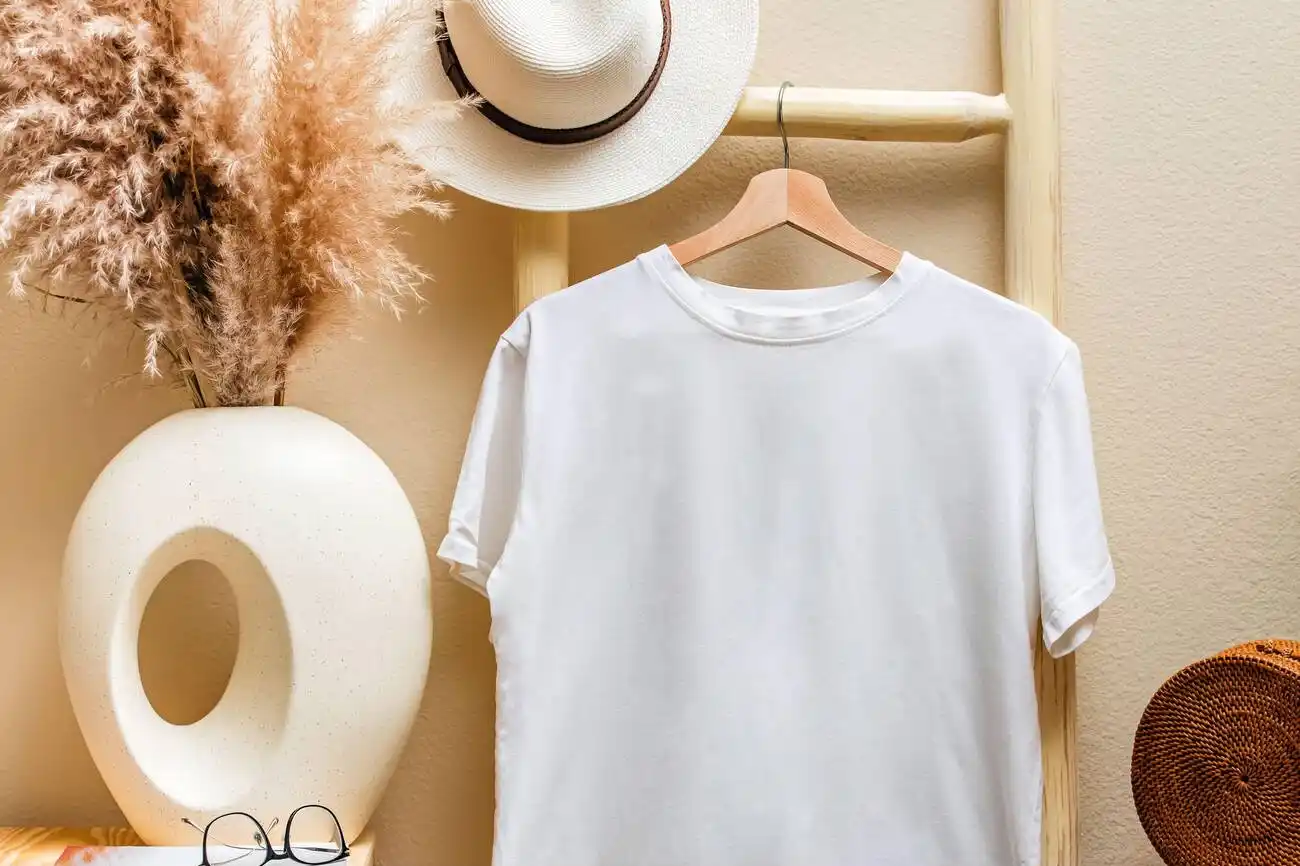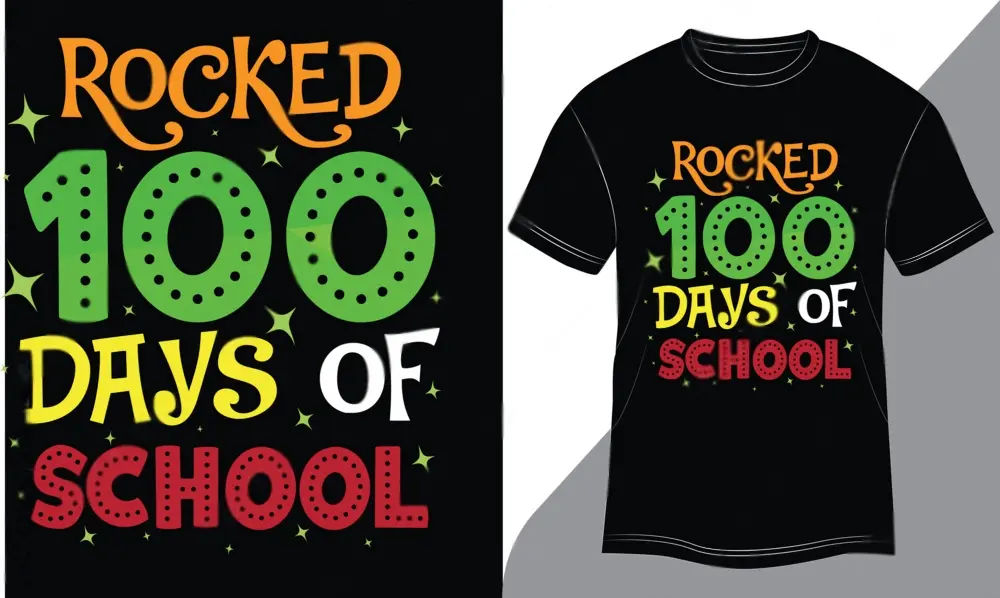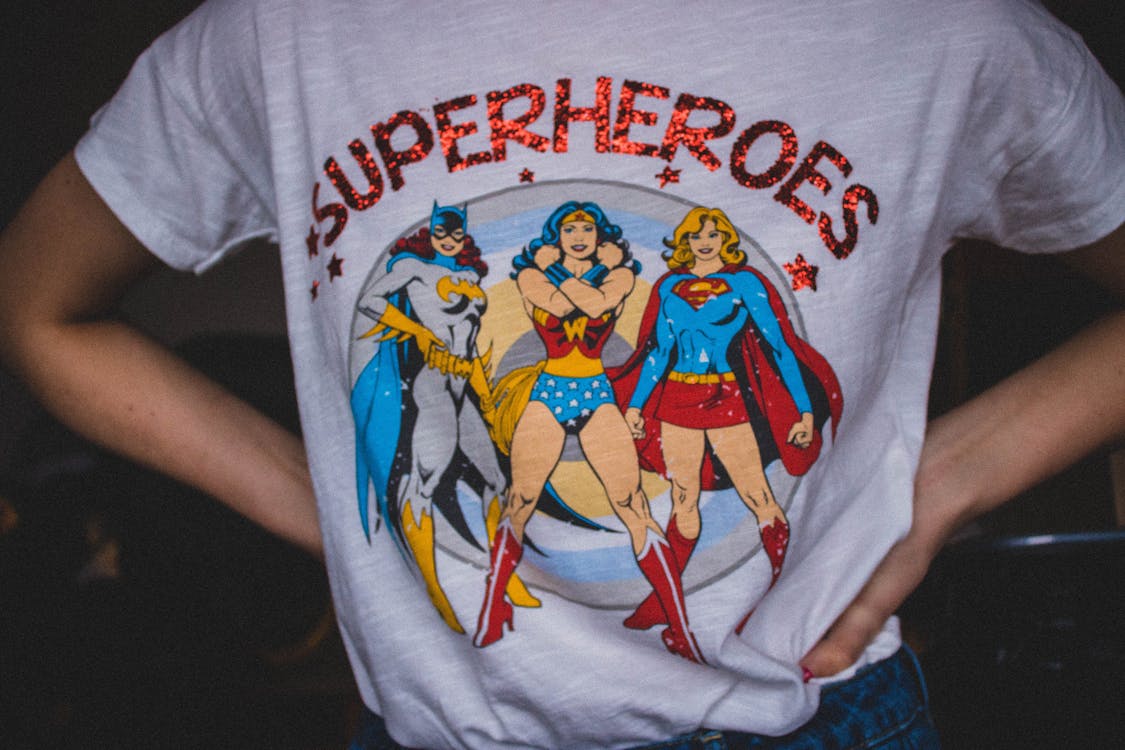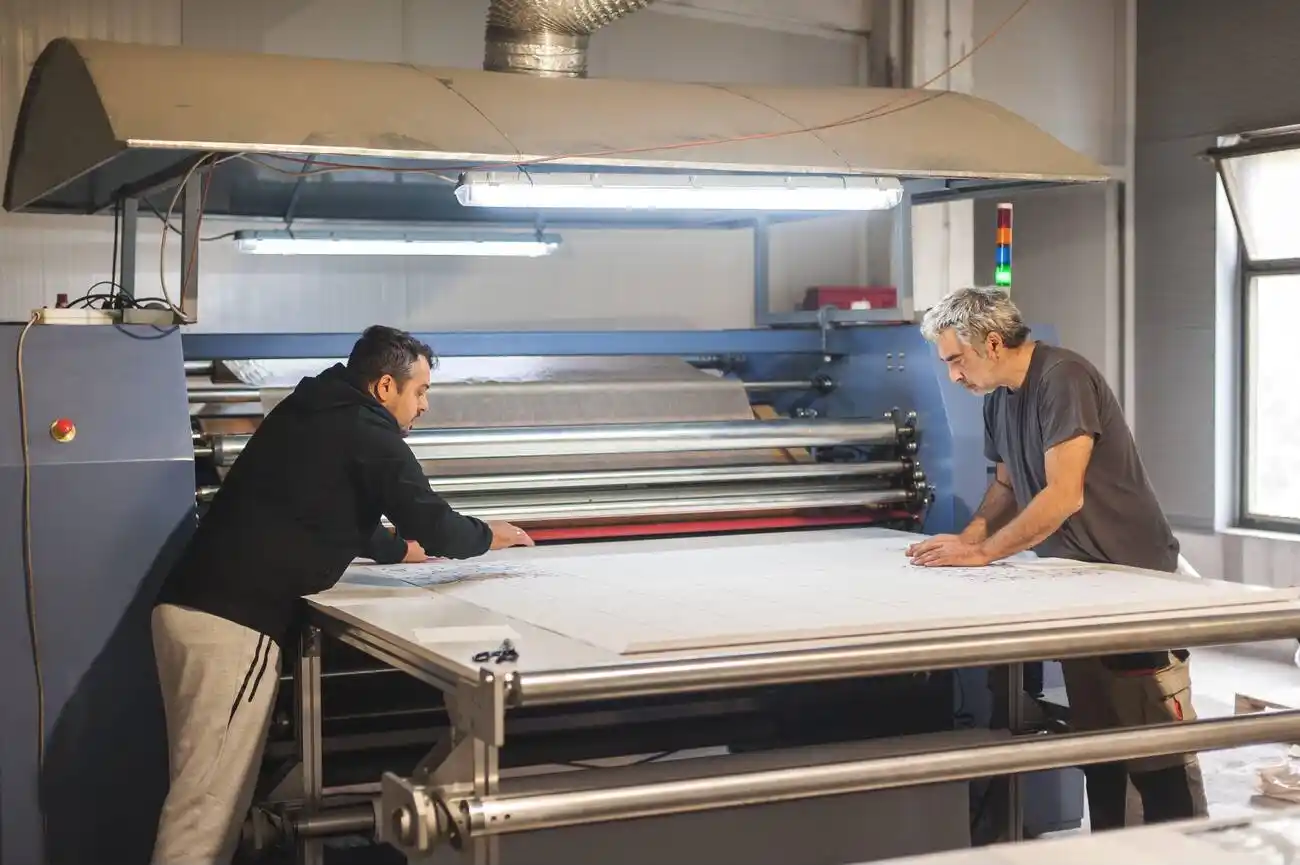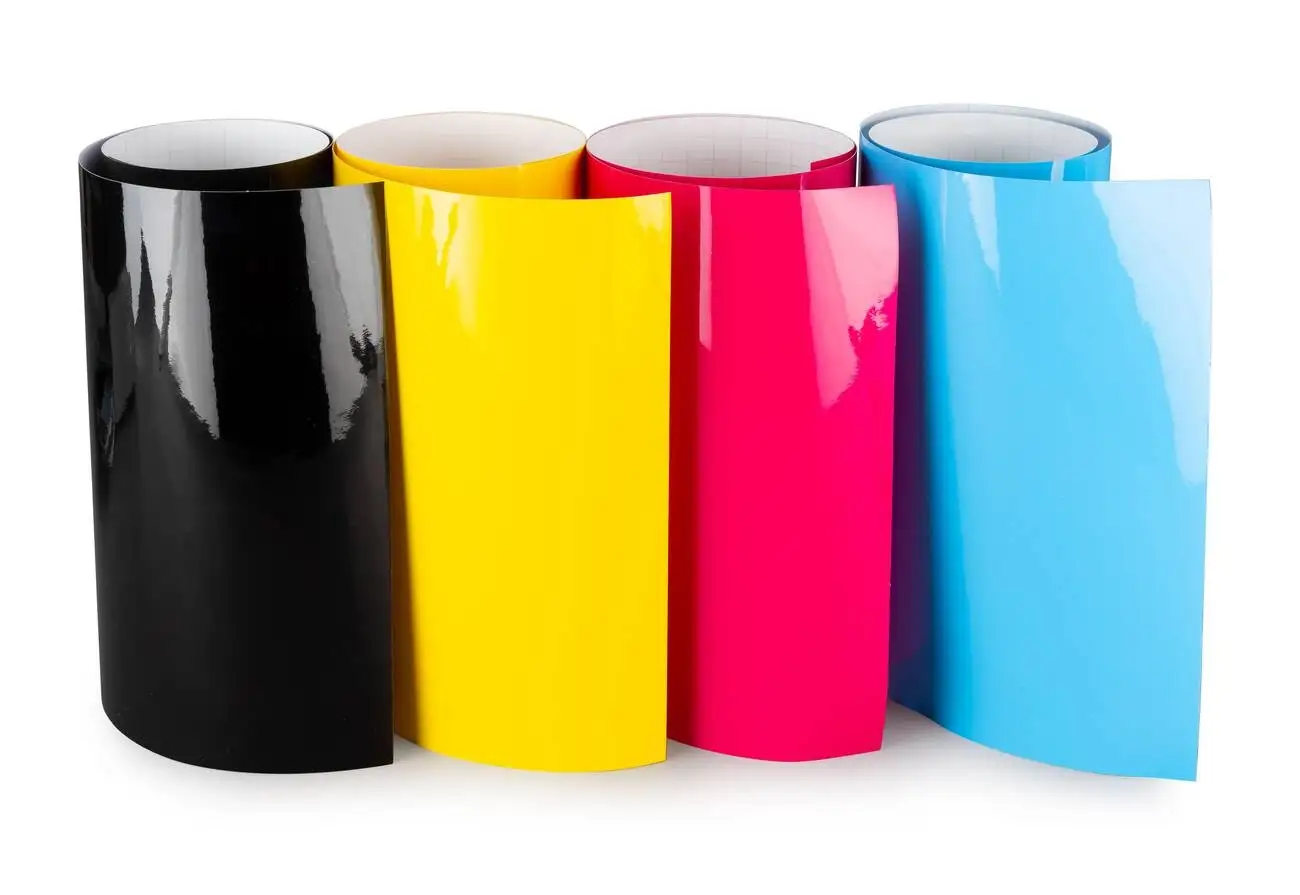You’re sitting around and you’re suddenly struck with this amazing idea for a custom T-shirt. Everything’s all set, except for one thing. You’re not sure whether heat transfer vinyl or HTV is compatible with 100% cotton. Worry not! In this article, we’ll dig into what HTV is, how it works, and other nitty gritty details. You certainly don’t need to be an expert —- we’ll guide you through it, one vinyl print at a time.
Can You Use Heat Transfer Vinyl on Cotton?
You probably have places to be and prints to get to, so we’ll cut the chase. Heat transfer vinyl is widely used by several printing businesses, and one of the major reasons for it is because it’s compatible with a variety of materials. This includes 100% cotton, polyester and other poly/cotton blends.
What is Heat Transfer Vinyl?
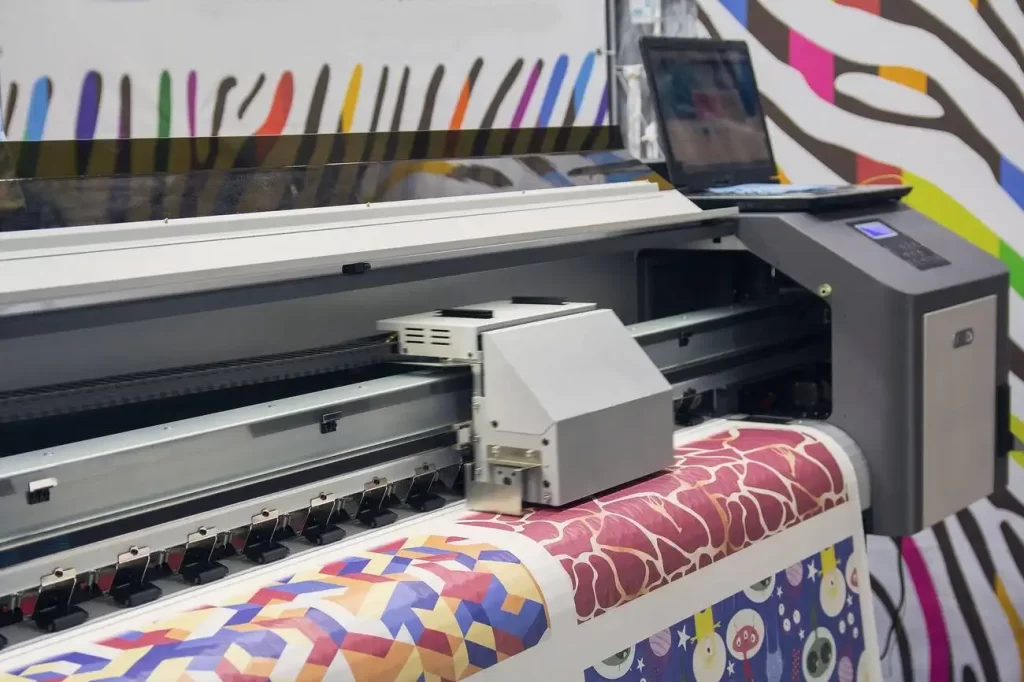
If you’ve chosen to stick around, allow us to introduce you to Heat Transfer Vinyl, commonly referred to as iron-on vinyl, in depth. This digital printing technique is great for printing high-quality, colored designs on to different materials and fabrics.
These designs are printed onto vinyl using solvent inks, which are then transferred onto your desired surface using an iron or a heat press. This allows for equal distribution of heat and pressure, allowing the design to lay nice and flat. HTV comes in several different designs, such as glitter, metallic and matte.
Things You Need for HTV
- Fabric
- Heat press machine
- Weeding tool
- Cutting machine
How HTV Works
If you know what fabric and vinyl you’re using, and have weeded it already, you deserve a pat on the back. We’re already halfway through the process! Now all you have to do is:
- Turn on your heat press to the right temperature and pressure
- Center your fabric on the press
- Close the press to remove any wrinkles
- Place your design on the fabric facing up and place a sheet to protect it
- Press for an appropriate amount of time
- Voila! You’re done!
Nifty Tips When HTV Printing
Heat transfer vinyl can be a little tedious, but once you get the hang of it, you’ll be printing away without even realizing it! Here are some helpful tips that can help ensure a smooth sailing.
- Use a lower heat press platen for uneven surfaces
- Repress your design if it doesn’t stick properly the first time
- Heat presses are preferred over irons due to better heat and pressure distribution
- Pre-washing your fabric can prevent color bleeds
Heat Press Time and Temperature: What You Need to Know
When venturing into the crafting world, picking colors, designs and materials is the fun part. The next step is crucial, and determines how well the design comes out. While using the right tools is important, making sure your technique is right and you know what you’re doing is of utmost importance. Here are some questions you need to ask yourself.
- What Fabric Are You Using?
- What Type of HTV Are You Using?
- Knowing When to Peel
What Fabric Are You Using?
Believe it or not, but the fabric you use determines your printing method. If you’re using 100% cotton, you need to crank your heat to the highest degree, which is 380 degrees Fahrenheit.
Polyester, on the other, requires only 270 degrees Fahrenheit since it’s a lot more delicate. If you’re using a poly/cotton blend, anywhere between 315 and 350 degrees Fahrenheit will get the job done. If you’re unsure of the temperature setting, make sure to consult your heat press manual.
What Type of HTV Are You Using?
The type of vinyl you’re using also determines what constitutes the right amount of pressure, and the time it would take to transfer it. If you’re into glitter vinyls, you’ll be done in around 15 seconds. If you’re using matte, 10 seconds should suffice.
Knowing When to Peel
And lastly, knowing when to peel helps ensure the design is intact. The amount of time before you peel the carrier paper depends on the type of fabric and vinyl you’re using. If you’ve opted for cotton or a ribbed, stretchy material, you’ll want to wait until before the design has completely cooled off before peeling it.
Denver Sign Supply: Your Go-To Vinyl Store
Heat transfer vinyl printing can be a laborious process, but with a little know-how and the right tools, you’re golden. While you may not be confident in your craft just yet, you can always be confident in finding premium quality materials at Denver Sign Supply. From heat presses and cutters to heat transfer vinyl and flashy foils, we’ve got something for everyone! Contact us today for more information.

